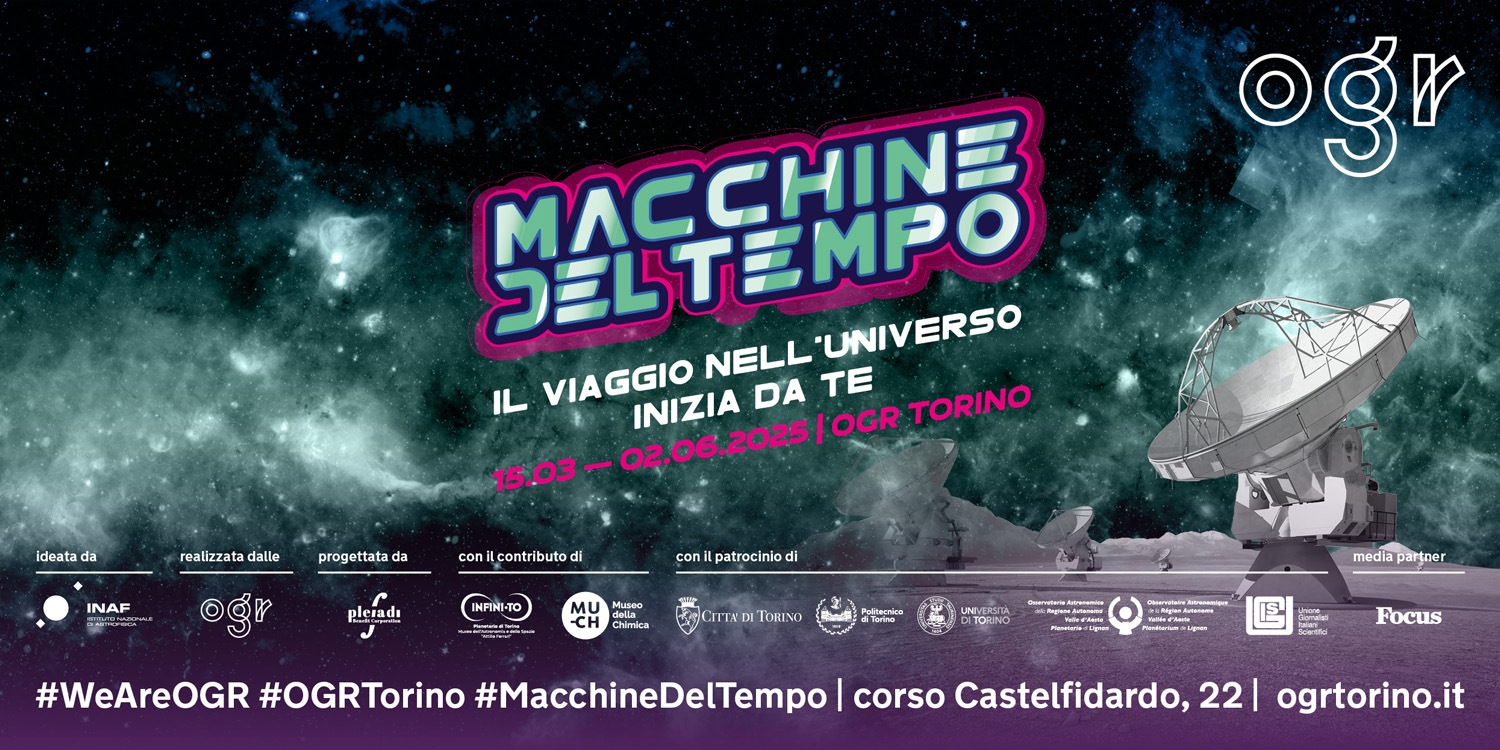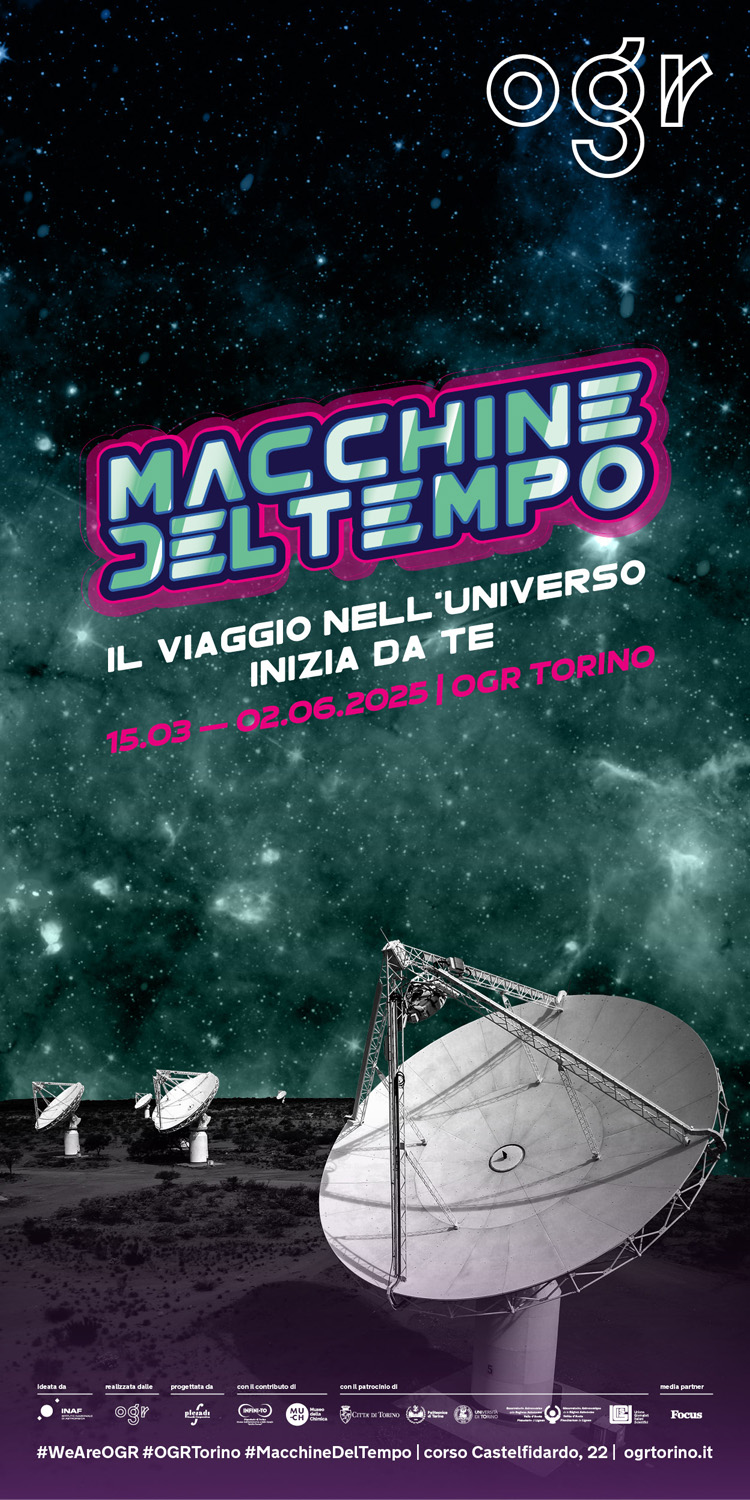Are you keen on auroras, and want to know where and how to observe them? Would you like to know in real time what the sun’s activity state is, and what is happening in the magnetosphere, the natural shield that protects us from cosmic rays? Are you fascinated by meteors and fireballs, and are you always keen to search the skies for asteroids passing close to our planet?
These, and many more questions on what happens above our heads, are answered for 24 hours each day and 365 days each year on spaceweather.com, probably the most famous and most comprehensive web site dedicated to space meteorology and, more generally, to the interaction between earth’s environment and our star.
The site was created almost 25 years ago. In this time its uncluttered graphic format has hardly changed, and has only had the addition of a fair number of on-topic ads, which promote sci-fi books, telescope retailers, and organized tours to observe astronomical events and spectacular polar aurorae.
The keystone of this project is its editor, Tony Phillips, a professional astronomer and science writer. After obtaining his Ph.D. at Cornell University in 1992, he worked for many years as a radioastronomer at Caltech, publishing more than 100 papers on journals such as Nature, The Astrophysical Journal, and Journal of Geophysical Research. In other words, he was the right person in the right place.
And his style can be seen in the site’s contents, in a balanced mix of information, scientific data, and breathtaking photographs of the sky’s most impressive phenomena, which are submitted by professional astrophotographers or by amateurs from all latitudes (and longitudes).
spaceweather.com is an excellent source of information and news, which should be checked out regularly: it makes even “newbies” of space meteorology understand what happens in interplanetary space and in our atmosphere, and learn how space weather changes as its main parameters vary. Just like a meteorologist forecasts bad weather when atmospheric pressure drops, we can “read” a sudden increase of the solar wind velocity and proton density as signs of an imminent storm caused by our star.
As mentioned, spaceweather.com has been on-line for more than two decades, and its entire archive, starting on Jan. 1, 2001, can be consulted day by day using the simple search engine on the home page. This is a unique “historic memory” of space meteorology, which is accessible to anyone at any time. And if you are seeking strong emotions, we suggest you start from Oct. 28-30, 2003, when the huge solar spot group n. 486 produced a whole series of events, including the very powerful flare classified as X17, which released an amount of energy equivalent to 50 billion times that of the Hiroshima bomb. The consequences on earth were evident, with geomagnetic storms and aurorae which were observed as far south as Texas and central Europe. No wonder those turbulent events are still referred to by experts as “Hallowe’en Storms”.

